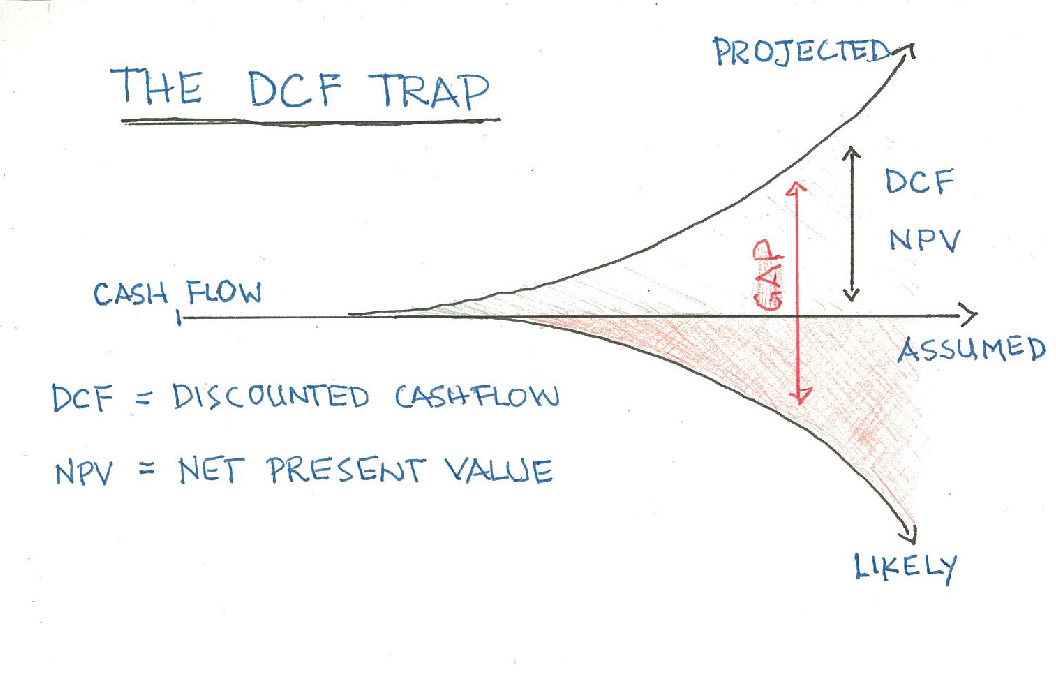In today’s highly competitive landscape, marketers are under pressure to do more with less and make every dollar count. As demand for accountability increases, marketing programs built solely on beautiful creative or humor are unlikely to make it pass the drawing board. CEOs and CFOs are asking marketers to implement programs based on demonstrable ROI models—however, this can only be achieved by leveraging technology and mining data in order to understand and predict purchase behavior.
Contrary to common belief, an ROI driven approach to marketing is no longer a strategy exclusive to large organizations with deep pockets. Increasingly, marketers at smaller companies are overcoming their fear of numbers and technology in order to follow a metrics approach to customer acquisition. This has been made possible by advances in technology and an array of low cost—and sometimes free—data collecting and mining tools.
Making marketing more effective and efficient requires more than simply collecting more data or purchasing data mining software. Having the right mindset and knowing what to do with the data collected are just as important. Marketers should adhere to the following strategies as they shift their marketing approach from one that speaks to a broad market to one that engages, acquires, and retains profitable customers.
Defining success
The cornerstone of a solid ROI-driven marketing strategy is a clearly defined set of goals or measures of success.
• Organizational alignment—Key players in sales, marketing, finance, IT, and HR should be aligned behind a common definition of success and a set of business goals. Goals must be specific, measurable, achievable, realistic, and time-bound (S.M.A.R.T.).
• Strategic alignment—All marketing tactics should support specific strategies and all strategies should drive defined business goals.
• Measurement—Define a starting point by benchmarking business goals. Establish milestones to ensure that strategies are on track, and progress is being made towards achieving the desired outcome.
Closing the loop
It is essential for companies to establish a measurable link between marketing initiatives and financial results.
• Targeting—Marketers should start by combining marketing strategies with data-gathering and analysis techniques to develop highly targeted campaigns based on customer insights and behavior.
• Close the funnel—Campaign results should then be tied to demand generation, sales conversion, and brand experience. This closed-loop funnel system creates a common view of the demand-to-sale-to-experience continuum across marketing, sales, and customers.
• Optimize—Closed-loop marketing allows companies to innovate value propositions and fine-tune marketing initiatives in order to continuously and efficiently acquire and retain valuable customers.
Collecting the data
Before companies start collecting data they should determine what, where, and how products are being sold, and who is buying them. Data gathering can be a daunting task. But costs and effort can be kept to a minimum, if companies follow a systematic and targeted approach.
• Profiling—Start by developing profiles that paint a demographic, geographic, psychographic, and behavioral picture for each customer—and assigns a monetary value to him or her. If individual profiles are not possible, break down your segmentation into as many groups as is feasible.
• Secondary data sources—Secondary data and information can be obtained through government reports, academic research, data brokers, and libraries.
• Primary data sources—Primary data and information can be obtained through interviews, focus groups, surveys, and customer transaction data.
• Become data-driven—From the Web all the way to the cash register, every customer point-of-touch should have a data collection component.
Eliciting a response
Companies should shun marketing strategies that rely solely on mass advertising. Rather, they should embrace a customer- and data-centric marketing approach that delivers the right value proposition, to the right customer, and at the right time.
• Call-to-action—If possible, all marketing initiatives should include a call-to-action that directs customers to purchase, visit a Web site, call a toll-free number, or otherwise interact with a brand’s many points of touch.
• Marketing mix—Call-to-action messaging combined with tracking technologies allows companies to determine which marketing initiatives are most effective in delivering the desired results—and thus, allocate resources accordingly.
Developing actionable insights
Mountains of data alone cannot guarantee business success. Often, those who “own” the data within an organization are either unable or unwilling to share and mine the data. Data collected must be mined and synthesized, in a timely manner, into relevant actionable insights. These insights should be put in the hands of decision-makers across the organization. Information should be grouped into four categories: customer, brand, effectiveness, and efficiency.
• Customer—Data collected should be used to determine which customers present the highest lifetime monetary value. Insights should be developed to identify how to best acquire and retain these customers.
• Brand—It is essential for a brand equity index to include measures that go beyond brand associations. Understanding how employees embody the brand is as important. Also, an effort should be made to quantify the impact of brand assets, such as patents or proprietary processes.
• Efficiency—Data and analytics should be leveraged to help companies stretch their marketing dollars. A key measure of efficiency is cost-per-acquisition (CPA). Marketers should track CPA and related metrics to ensure that the return marketing investment is maximized.
• Effectiveness—Just because a program is low-cost and efficient does not mean that it is effective. Metrics such as click-through rates and impressions are meaningless unless they can be linked to specific business goals. Rather, marketers should focus on measures that show that effective initiatives are resulting in growing sales and building long-term financial value.
Choosing the tools
Data-centric marketing strategies do not necessarily require heavy investments in hardware or software. Today, the right set of tools exists for companies both large and small.
• Database—Volume and scale allow larger companies to purchase enterprise-level databases and customer relationship management (CRM) systems from IBM and Oracle. Smaller companies can rely on relatively inexpensive, simpler tools. They can start by creating a database using Microsoft Access or MySQL, for instance.
• Lead management—For basic lead management, a product from Act! might suffice. Mid-size companies might choose to move one step up and purchase one of the many products offered by Salesforce.com.
• Web metrics—For most companies, Google Analytics is all they need to track and analyze Web traffic. There are a number of more advanced Web analytics tools in the market, with Omniture being the most dominant.
• Ad serving— Given the complexity and scope of ad placements made by large companies, they are likely to continue to rely on media agencies to handle ad planning and placement. Smaller companies can rely on a variety of tools to place and manage their media assets. Google’s Adword allows companies to place and manage both print and online media. A service from Spotrunner provides thousands of customizable TV ads, which can be bought and placed at a fraction of the price charged by advertising agencies.
• Data mining—For consumer companies with millions of customers, mining data collected might require advanced analytics tools such as SAS or MatLab—but these are fairly expensive and require special training and programming skills. Open-source business intelligence tools such as Pentaho provide a low-cost alternative, but require advanced programming skills. For companies with a small database, Microsoft Excel might be all they need. A popular alternative would be to outsource the data mining overseas.
As you can see, company size and budgets are no longer a roadblock to implementing data-centric customer engagement strategies. Start small, and scale up as business growth justifies larger investments in data systems and analytics. Remember, though, that being data-centric is not about implementing systems or tools; being data-centric is a mindset and business philosophy that marketers at all levels should embrace.


